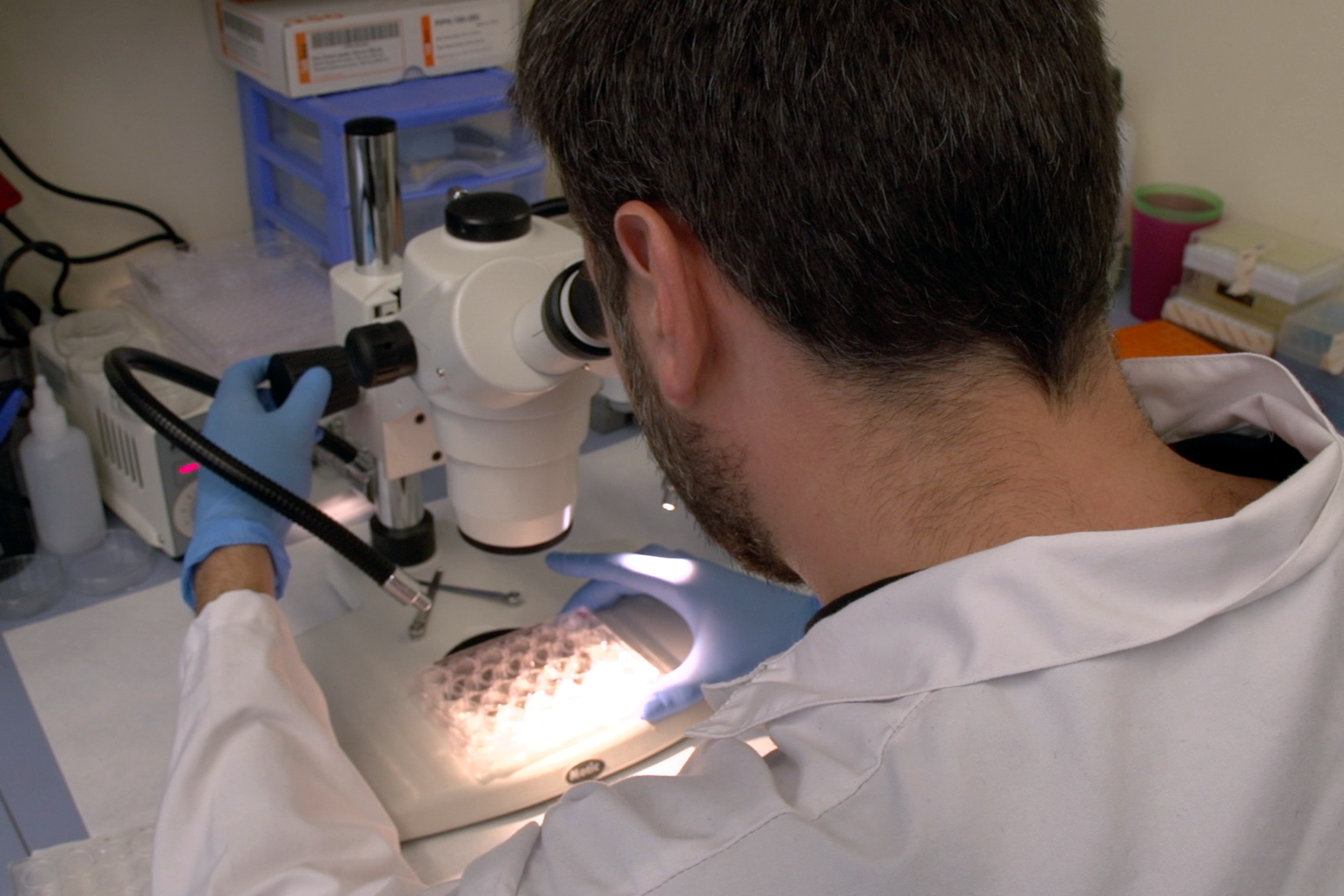Joan Massagué's team identify how cancer cells spread
A team of oncologists led by Joan Massagué has made a breakthrough in cancer research. The team´s new study, one which lasted six years, was published on the 24th of March in the journal ‘Cell’. The study reveals the mechanics through which cancer cells evade the immune system´s defences and remain dormant for years, only to metastasise at a later time. Cancer cells do this by imitating stem cells, releasing a certain protein inhibitor which puts them in a hibernation-like state, making them undetectable by the immune system. The study also breaks with the more widely-held view of how cancer cells metastasise, and opens new doors for cures and treatment therapies. However, the solution is not so simple, warns Joan Massagué.

Barcelona (CNA).- A major breakthrough in cancer research was made by a team led by oncologist Joan Massagué, a discovery which could help to find a cure. The researchers’ study relates to cases in which patients, having seemingly overcome the disease, experience months or even years later a reoccurrence of metastasis (i.e. the development of secondary malignant growths at a distance from a primary site of cancer). The study, published on the 24th of March in the medical journal ‘Cell’, reveals through what mechanism the cancer cells in question remain dormant for years, and then later metastasise. "The interaction between cancer cells and the different components of the immune system plays a crucial role in tumour progression", write ‘Cell’ researchers. Not only does this research open new doors in potential cures and treatments, but it also breaks with the widely-held view of how metastasis originates. "Understanding latent metastases represents a large untapped opportunity that can have a big impact" to improve cancer treatment, says Massagué, director of the Sloan-Kettering Institute in New York. The researcher points out that metastasis is the cause of most cancer-related deaths, since many of the primary tumours do not affect vital organs, while metastases do.
The six-year-long investigation has made it possible to determine that cancer cells that survive medical treatment can behave like stem cells. Stem cells (undifferentiated cells that regularly divide to repair tissues) are capable of reducing their activity to a minimum and going into a state of suspended animation, similar to hibernation. Cancer cells are able to imitate this, and once they enter said state of dormancy they become undetectable to the immune system, later reawakening to cause metastasis in distant organs.
In doing so, cancer cells inhibit a protein called WNT (pronounced ‘wuint’), thereby blocking cell division and therefore adopting a state of suspended animation. The cells then enter a state of dormancy, during which they lower the signals their membranes emit that could alert the immune system. This reduction in growth is essential, claims the study, to the cancer cell´s ability to survive in the body and avoid detection.
The study suggests that from the beginning tumours release cancer cells into the bloodstream, the vast majority of which are targeted and destroyed by the immune system. The smaller percentage of those that survive are able to install themselves in vital organs. Massagué compared the cells to seeds. The body of a person with cancer is strewn with tumour cells from the early stages of the disease. However, there is no reason for alarm, says the researcher, because "the latent metastasis is still not a metastasis. Just as we all harbour millions of pathogenic bacteria in our bodies without causing an infection because the immune defences keep them at bay, we can have latent metastases that will never cause complications."
“We have been aware of latent metastasis for years, but there was never a good way to study it” explained Srinivas Malladi, a post-doctorate fellow at the Catalan oncologist Joan Massagué’s laboratory and a member of the team of researchers who worked for six years to find a solution to this problem. The study may additionally help eliminate latent cancer cells if they can be induced to exhibit signals which would make them, once again, detectable and thereby targetable by the immune system. In the future, we may possibly be able to "intervene pharmacologically to re-expose the latent immunity cells", Massagué stated. "This is to create immunotherapy against latent metastasis in order to prevent actual metastasis."
By activating dormant cells, one could cause further damage
Yet, an important result of the investigation is that it´s not an option to stimulate cell reproduction to treat residual and hidden tumours, a once-suggested strategy. The logic behind this approach states that current treatments are effective against multiplying cells, but not against those that are dormant; therefore, if the cells are forced ‘out of hiding’, they could perhaps be eliminated. However, by activating dormant cells, one could actually "cause metastases in an attempt to prevent them", explained Massagué.
Joan Massagué, a prominent cancer researcher
Well before the aforementioned study, Joan Massagué was already a known figure in the world of cancer research. He had discovered the TGF-beta molecule, a key element in the functioning of the human body that is involved in cancer, cardiovascular disease, diabetes and the immune system, along with other functions. Additionally, he ran the Cell Biology and Genetics programme at the Sloan-Kettering Memorial Hospital in New York, a centre which is considered the world's leading cancer hospital. Since reorienting the work of his laboratory towards metastases more than a decade ago, Massagué has become a figure of reference in this field of research. The work is not yet finished, he recognises, and medicine does not yet have the tools to prevent metastases beyond early detection. But "we have a roadmap", he said. He believes that "within two decades, cancer will be dominated as infections were in the twentieth century".